Description
Nigella Hispanica
Nigella Hispanica one of the most popular and reliable self seeding annuals available. It produces an abundance of sky-blue, pink and white flowers from June. Making an ideal companion plant for roses and Asiatic lilies and filler in any border. The seed pods are used in dried flower arrangements. Easy to cultivate. Tolerates a wide range of conditions, prefers full sun. 6-8 In.
Cultivation Advice
- Sow seeds directly in the garden in early spring or late summer for a fall bloom. Choose a sunny to partly shaded location with well-draining soil.
- Ensure the soil is well-draining and of average fertility. Nigella hispanica adapts well to various soil types but thrives in moderately rich, loamy soil.
- Sow seeds directly onto the soil surface or lightly press them in. These seeds require light to germinate, so avoid burying them too deep.
- Keep the soil consistently moist during germination and early growth stages. Once established, they’re somewhat drought-tolerant but prefer regular watering.
- Space plants about 6-12 inches (15-30 cm) apart to allow for proper growth and airflow between plants.
- Apply a thin layer of mulch to conserve moisture and suppress weeds. Avoid covering the seeds or seedlings excessively.
- Nigella hispanica generally doesn’t require heavy feeding. Lightly amending the soil with compost before planting should suffice.
- Regularly remove faded flowers to encourage continuous blooming and prevent self-seeding if controlled propagation is preferred.
- Monitor for pests like aphids or spider mites. Use organic methods or insecticidal soap to address pest issues. Nigella hispanica is relatively disease-resistant.
- Allow some flowers to mature and dry on the plant to collect seeds for subsequent plantings or sharing with other gardeners.
- Consider planting Nigella hispanica alongside other annuals or perennials to create mixed flower beds or borders for a diverse and visually appealing garden.
- Taller varieties may benefit from gentle support or staking to prevent them from bending or breaking, especially in windy conditions.
- Nigella hispanica thrives in moderate temperatures. In hotter climates, provide some afternoon shade to prevent heat stress on the plants.
- Nigella hispanica can naturalize in garden settings. Allow some seed pods to mature and self-seed for a charming, natural look in subsequent seasons.
- Use Nigella hispanica as edging or border plants to create a beautiful transition between different sections of your garden.
- Consider planting Nigella hispanica in containers or pots, which allows you to control soil conditions and move the plants to more favorable locations if needed.
- Sow seeds successively every few weeks to extend the flowering season and enjoy blooms throughout the growing period.
- Regularly inspect plants for signs of pests, diseases, or nutrient deficiencies. Promptly address any issues to maintain plant health.
- Harvest dried seed pods for unique additions to dried flower arrangements or crafts. These pods can retain their ornamental value for an extended period.
- Use Nigella hispanica in educational settings to teach about plant life cycles or as an introduction to gardening due to its ease of cultivation and intriguing appearance.
- When collecting seeds from mature seed pods, allow the pods to dry fully on the plant before harvesting. Store collected seeds in a cool, dry place for future sowing.
- Mulch with organic material, but ensure the mulch layer isn’t too thick around the base of the plants to prevent excessive moisture retention or potential fungal issues.
- While these plants prefer consistent moisture, they don’t thrive in waterlogged conditions. Ensure proper drainage to prevent root rot.
- If your area is prone to strong winds, consider providing a windbreak or gentle support to protect the delicate stems from breaking or bending.
- Experiment with interplanting Nigella hispanica among other flowers or succession planting to ensure a prolonged and diverse display of blooms.
- Collect extra seeds to share with fellow gardeners or for future sowings. Label and store them in airtight containers in a cool, dry place.
- Use Nigella hispanica as a learning tool for children or new gardeners due to its intriguing appearance, easy growth, and fascinating seed pods.


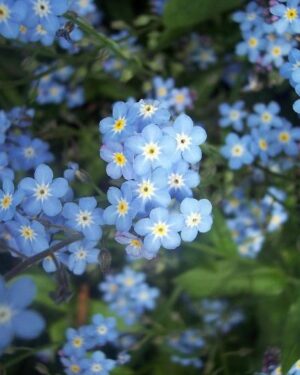
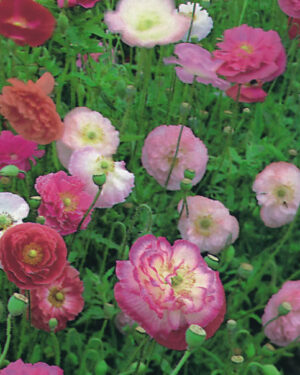

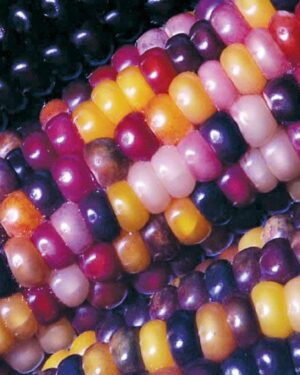
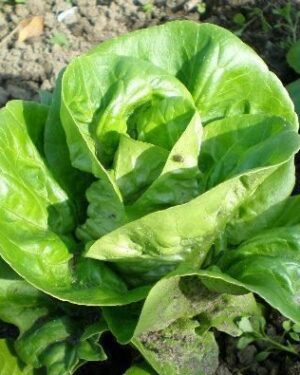
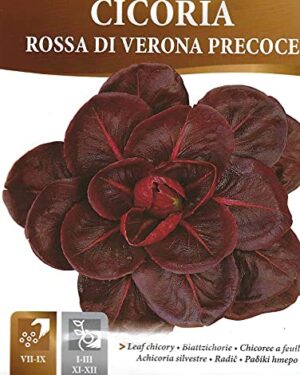
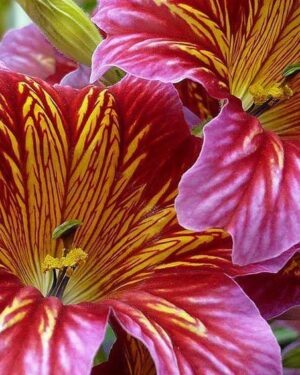
Reviews
There are no reviews yet.